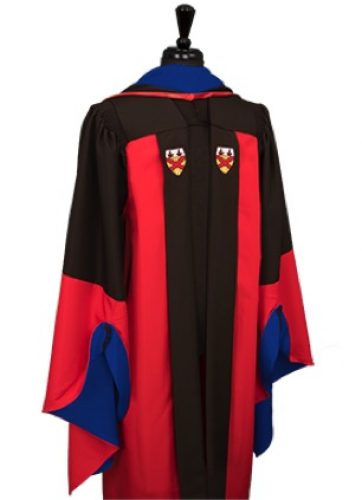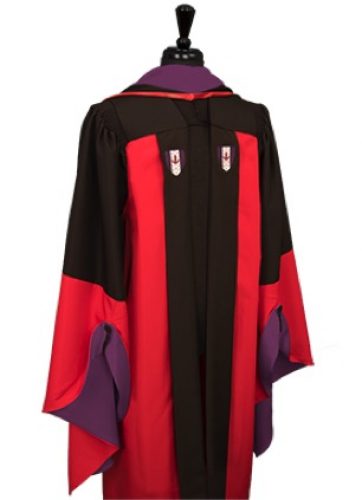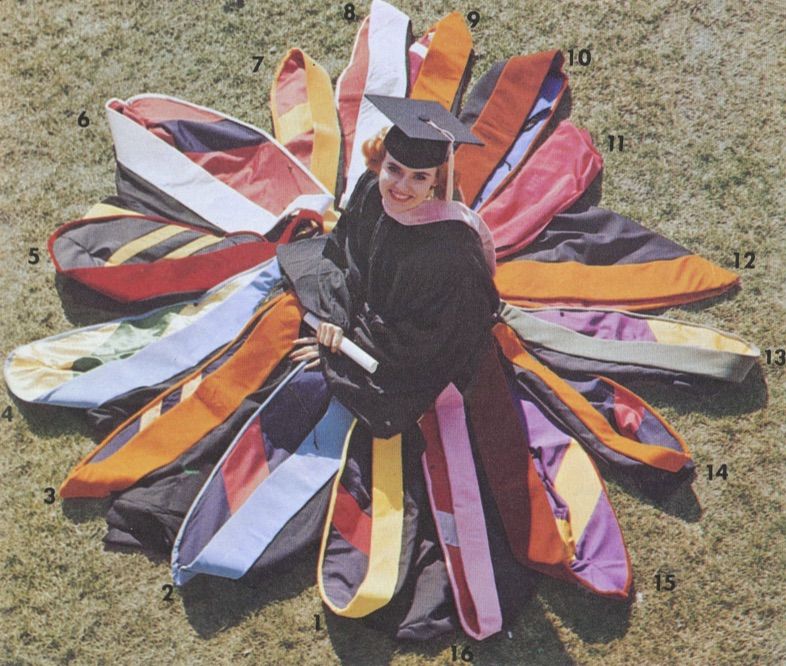Stanford University
California
1891
The official name of this institution is “Leland Stanford, Jr. University”


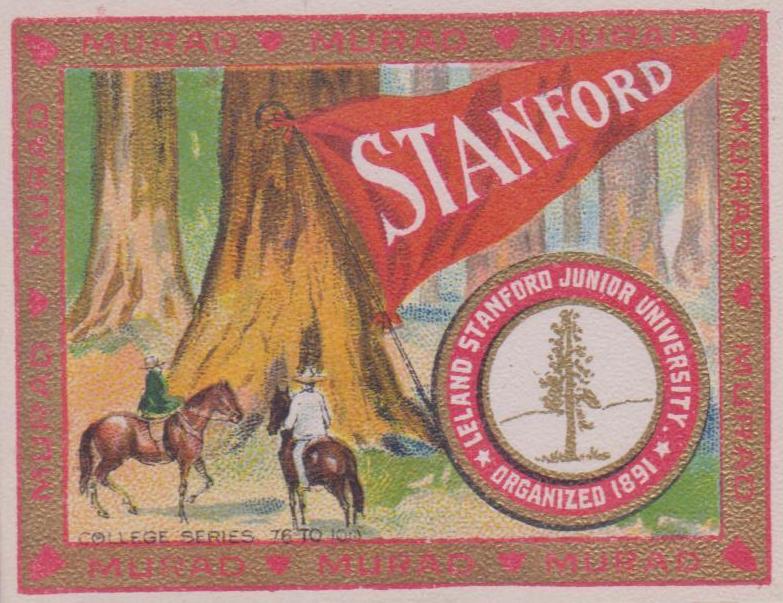
Although Stanford University conferred Masters and Doctors degrees in the late 1890s, students and faculty disliked academic caps and gowns as “vainglorious display” of the “foolish frills and millinery and unreality of the medieval world”, according to Stanford University: The First Twenty-Five Years (1937) by Orrin Leslie Elliott. Elliott quotes an 1896 editorial in the Stanford student newspaper that said the students
should congratulate ourselves on having passed the cap and gown period of University life. More than once attempts have been made to revive the mortar board, but each time good sense and wisdom have prevented. Our development is not along that line. More and more we have gravitated towards freedom and simplicity and away from customs and observances that clustered about the training of a century ago. The mortar board is one of those pagan institutions; a relic of the cloisters when education meant a life of penance, privation, and prayer. We of the West need no such follies to mark us in our University career.
This prejudice was shared by the Stanford faculty. But after the 1895 Intercollegiate Code of Academic Costume was created and adopted by most of the prestigious east coast universities, Stanford students quickly warmed to the wearing of academic costume. Female graduates started wearing academic costume in 1899. They were joined by male law students in 1903, and then in 1906 the entire Stanford graduating class wore caps and gowns.

Leland Stanford, Jr. University students adopted cardinal and gold as their school colors in 1892, but changed their minds and dropped gold three days later. Unofficially, white is often paired with cardinal as an accent color.
Citations in the World Almanac (listed by cover date; color information is from the previous year): cardinal (1895-1935)
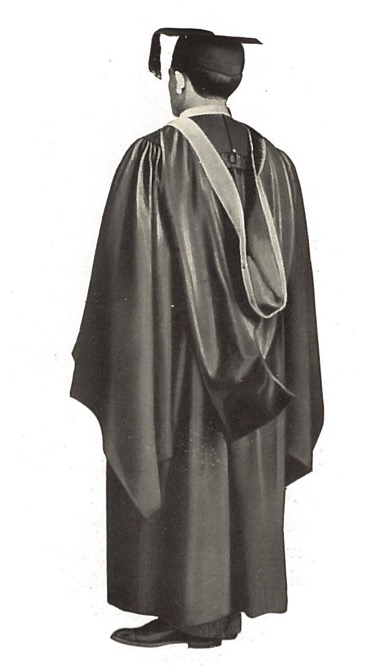
These caps and gowns were purchased from academic costume manufacturer Cotrell & Leonard. Stanford is cited as a client of that firm in 1902, according to Concerning Caps, Gowns and Hoods: Bulletin 17 (1902), and as Cotrell & Leonard was also the depository of the Intercollegiate Bureau of Academic Costume (IBAC), the IBAC may have assigned a hood lining pattern to Stanford at some point between 1899 and 1906 at the latest. But no description of the university’s hood is given any of these sources. The first definitive and complete IBAC description of Stanford’s hood lining is in 1918 where it is stated to be cardinal, a description that does not change in subsequent IBAC lists.
In 1977 Stanford adopted a unique doctoral gown based on the University of Cambridge pattern, not the Intercollegiate Code of Academic Costume doctoral pattern. However, the university’s doctoral hood follows the Intercollegiate Code pattern, as do the Faculty colors used on the gown’s sleeves and hood edging. The facings of the doctoral gown display the crest of the school from which the degree was earned.







Stanford’s elegant system of academic costume allows an individual to communicate his or her degree and area of study on their regalia, which is a semiotic advantage over the Intercollegiate Code of Academic Costume. This is particularly useful when different types of degrees are given within a School.


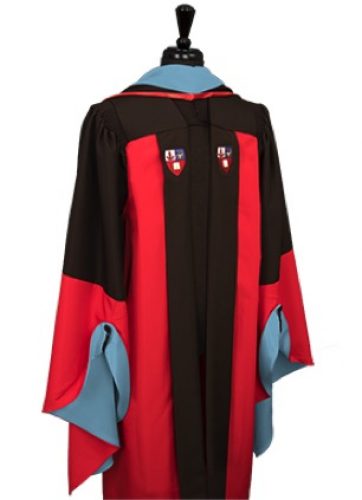

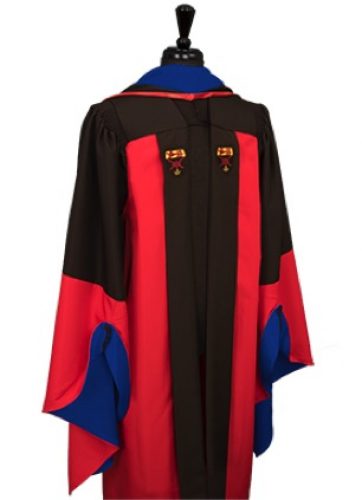
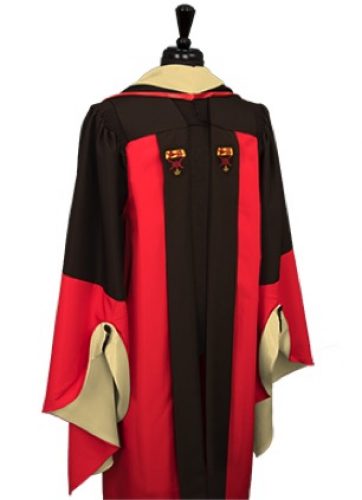
Here are additional examples of Stanford University gowns representing different doctoral degrees and schools.
